The Technology of Dissent
2011
In this workshop, we focused on technological innovations by activists and how they have allowed us to imagine new forms of energy, communication, and media that could go beyond the Occupy Wall Street movement. It was held with The Public School NY at Eyebeam, December 18th, 2011. What follows is the information from my slides.
1. what is a technology?
2. what is the role of technology in a protest?
3. how is the experience of protest different online and offline?
4. what are the disadvantages of using technology in protests?
5. is open source a good model for perpetuating protest technologies?
historical parameters
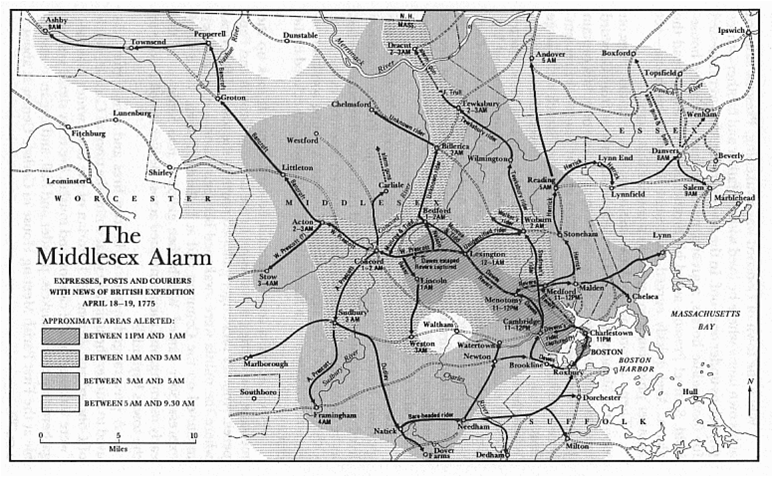
American Revolution, 1770's: Paul Revere, silversmith and activist
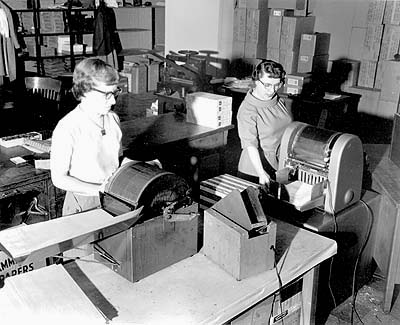
Antiwar movement, 1960's: Hand-operated mimeograph machines and phone trees
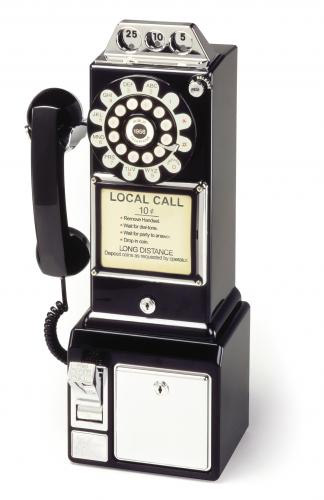
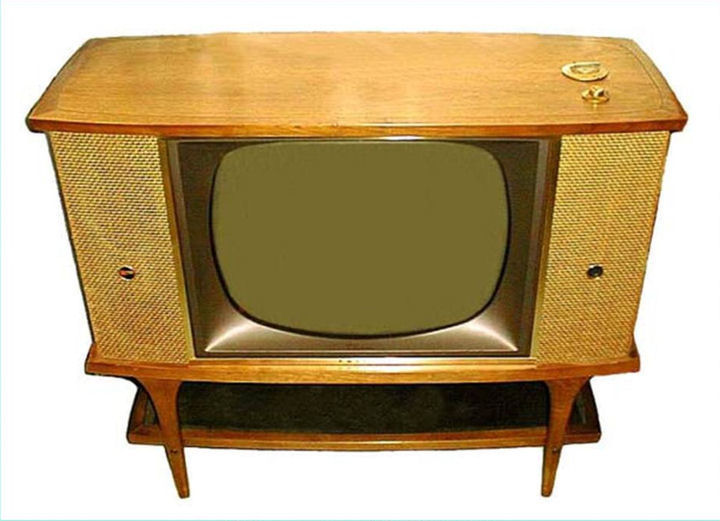
Civil Rights movement, 1960's: First instance of pay phones and television
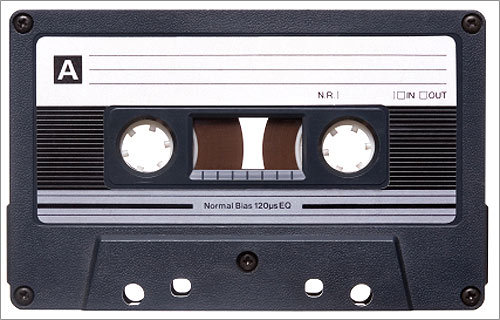
Iranian revolution, 1979: Khomeini's messages were distributed through music cassettes, which were smuggled into Iran in small numbers, and then duplicated, and spread all around the country.
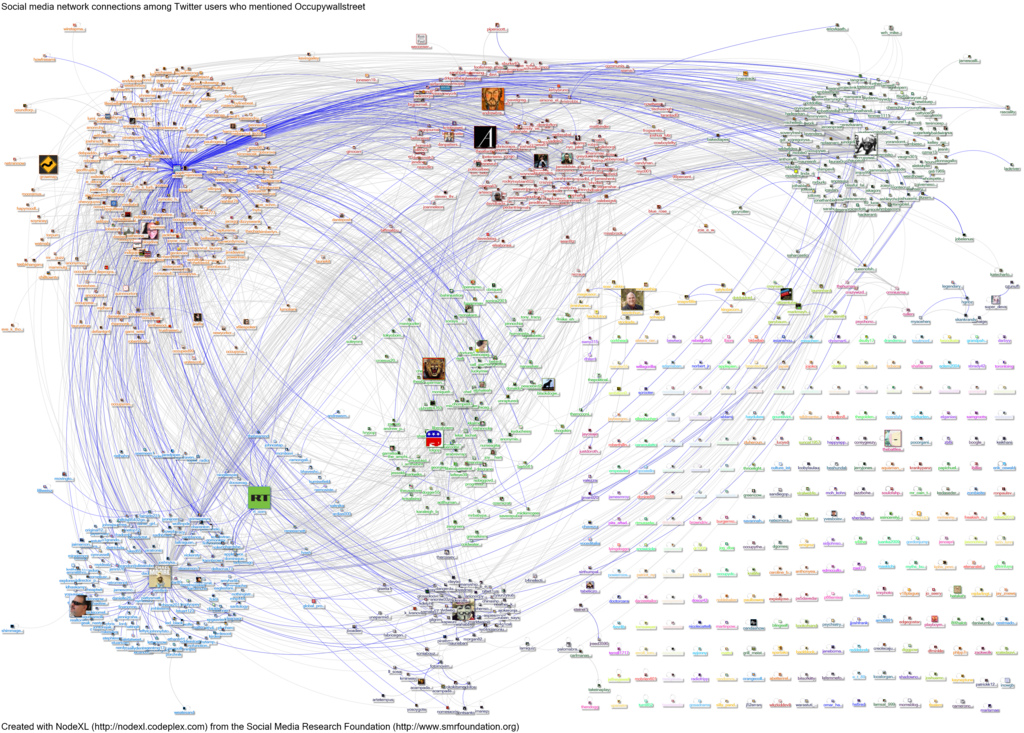 Social Media Research Foundation Map of twitter connections for Occupy Wall Street tweets, November 15, 2011.
Social Media Research Foundation Map of twitter connections for Occupy Wall Street tweets, November 15, 2011.
protests need:
1. community building
2. fast communication to get the word out and organize protests
3. delivery of local information to a large audience
Worldwide suppression of communication technologies
2009-2010, Iran: Following the election of Iranian President Mahmoud Ahmadinejad, Iranian authorities have blocked web sites, blocked cell phone transmissions and text messaging, and banned rallies.
2011, January, Egypt The government cut off nearly all access to the internet and shut down cellphone service. The shutdown caused a 90 percent drop in data traffic to and from Egypt, crippling an important communications tool used by antigovernment protesters and their supporters to organize and to spread their message.
2011, February, Libya Gaddafi shut down all Internet communications in Libya, trying to impose a blackout on information from Libya. Several residents reported that cellphone service was down, and even landline phone service was sporadic.
2011, May, Syria Syrian activists against the regime of President Bashar Al-Assad experienced cell phone, internet and electricity shut-downs.
2011, August, London The police department has planned to track the cell phones and find the rioters and what they are planning next. Rioters have been using Blackberry Messenger to communicate.
2011, August, San Francisco: Cell phone service was cut in the BART subway system in San Francisco after demonstrators planned to use social media and text messaging to organize a protest against police brutality on one of the subway platforms. No protest occurred.
2011, September, New York: Several activists reported that internet access was blocked at the Occupy Wall Street protest in New York.
2011, November, New York: The Freedom Tower that supplied wireless internet to Zuccotti Park was confiscated by the NYPD during the Occupy Wall Street raid. It was never found.
what's used in occupy camps
media aggregation and open source tools
- Occupy Wall Street site
- How to Occupy
- Occupy Together
- Anonymous
- 99% Media
- Occupy Streams
- Ustream
- Ushahidi
- globalrevolution.tv
- Occupy Research
- Occupy Data
- Occupy Hack
- Github
- Kickstarter
- Freenode.net
worldwide hackathon: new and existing projects
- Occupied Wall Street Journal
- Freedom Tower
- Bike Generators
- I'm Getting Arrested
- Shouty
- 99% Bat Signal
- The People's Amp
- Occupy.here
- Occupy the Hub
- Occupy Design
- Meta Kettle
- Signal Strength
- The People's Skype
- Joiner
- Bitcoin
- Spacebank
- Brooklyn Torch
- Solidarity NYC
- Huffpost Occupy site
- Interactive Voter Choice System
- Kuroo
- Serval
- LifeNet
- FreiFunk
- Netsukuku
- OpenWRT
- OpenBTS